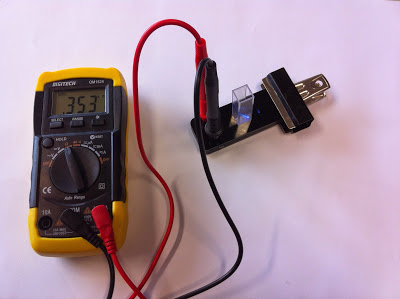But these spectrometers have one large blemish – auto-exposure, where the time taken by the CCD to accumulate light from the sensor is dynamically adjusted. This facility is present in some costly cameras but not in cell phones and webcams. Hence, the comparison between dissimilar spectra intensities becomes challenging and it is impossible to get reliable measurements of intensity out of these instruments.

To the rescue comes the colorimeter, where only a single colored LED and a light dependent resistor are used at a low cost and also reliable measurement can be attained that how a substance absorbs light. Then there are various color-based test kits for nitrates, phosphates, pH and nitrites, which could use this colorimeter for environmental monitoring.
You can also measure yeast growth rates via turbidity measurement from colorimeter and an LED can be used as the detector for the measurement of fluorescence in the interest of the environmental monitoring of oil in the environment.
This project by Jacob Martin aims to strip the colorimeter down to the minimum number of components at the lowest cost possible and avoid using of a complete computer control system. This opens up the possibility to use it in schools ad by citizen scientists and researchers. Here, the colorimeters are not built using 3D printed parts but laser cutting is used, which is cheap and quick to fabricate.
For complete details about the project, visit the following link mentioned in the source.
Filed Under: Reviews


Questions related to this article?
👉Ask and discuss on EDAboard.com and Electro-Tech-Online.com forums.
Tell Us What You Think!!
You must be logged in to post a comment.